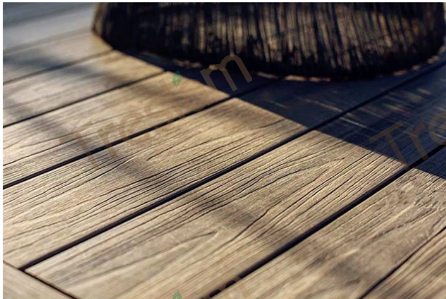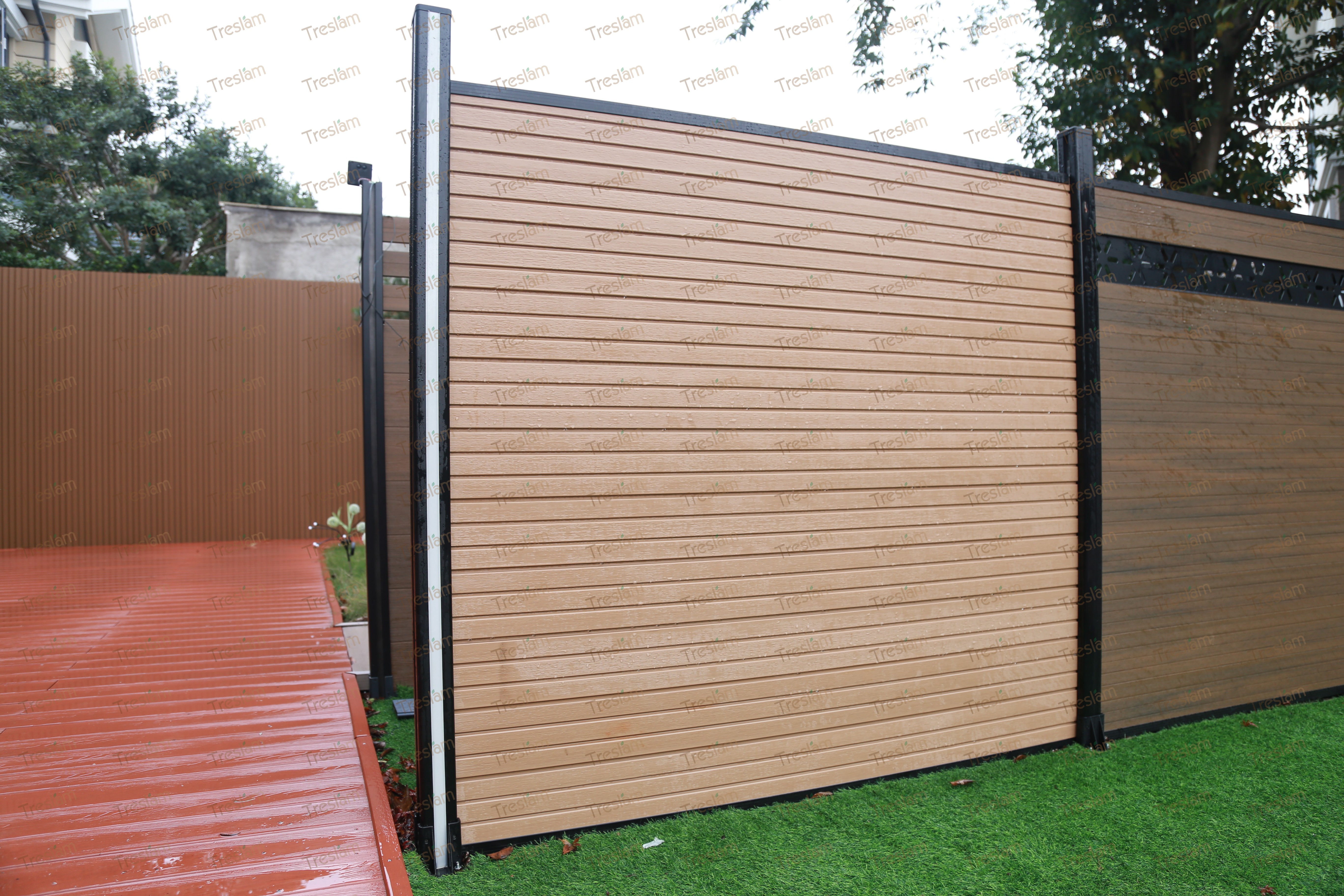The Future of Building Materials: Why Composite is Leading the Way
The Future of Building Materials: Why Composite is Leading the Way
The future of construction and home improvement is here, and composite building materials are at the forefront. Combining durability, low maintenance, and modern design, these materials are quickly becoming the preferred choice for homeowners, contractors, and developers. From WPC fences and composite decking to wall panels and flower boxes, composite materials are redefining what’s possible in both outdoor and indoor spaces.
As traditional materials like wood, metal, and concrete face challenges with weathering, maintenance, and sustainability, composites offer a long-lasting, eco-friendly alternative that meets the demands of modern construction.
Why Composites Are Leading the Way
1. Superior Durability and Performance
Composite materials, such as Treslam’s WPC fences and decking, resist rot, insects, and UV damage. They maintain their appearance and structural integrity for decades without painting or staining, making them a smart long-term investment for homes and commercial projects.
2. Low Maintenance for Modern Lifestyles
Unlike traditional wood or metal, composite products require minimal upkeep. Homeowners and developers can enjoy the beauty of wood-like textures and modern designs without the hassle of frequent repairs or refinishing.
3. Versatile Design Options
Treslam offers a wide range of colors, textures, and styles for fences, decking, wall panels, and flower boxes. Whether you’re designing a private garden, a rooftop terrace, or a commercial outdoor space, composite materials provide flexibility without compromising strength or appearance.
Applications of Composite Materials
WPC Fences: Decorative and semi-private fences that combine elegance with strength.
Composite Decking: Long-lasting, low-maintenance outdoor surfaces perfect for patios and terraces.
Wall Panels: Durable panels for interior or exterior walls, adding style and protection.
Flower Boxes: Weather-resistant WPC flower boxes for gardens, balconies, or terraces.
By using composites, you can create modern, functional, and visually appealing spaces that meet both design and practical requirements.
Environmental Benefits
1. Sustainable and Eco-Friendly
Composite materials often incorporate recycled wood fibers and plastics, reducing environmental impact. Their long lifespan also means less waste compared to traditional wood or metal products.
2. Reduced Carbon Footprint
Lightweight and durable, composites lower transportation energy and reduce the need for frequent replacements, contributing to a greener construction approach.
Economic Advantages
Although composites may have a higher initial cost than wood, they deliver long-term savings:
Minimal maintenance and repair costs
Long service life
Faster, easier installation
Reduced replacement frequency
This makes composites a cost-effective and practical solution for modern construction projects.
Frequently Asked Questions
1. How long do composite products last?
Most Treslam composite products, including fences, decking, and wall panels, last 20–50 years, depending on installation and usage.
2. Are composite materials fire-resistant?
Yes, many composites are engineered with fire-resistant properties to meet building codes and safety standards.
3. Can composites be used in structural applications?
Yes, WPC fences, decking, wall panels, and aluminum structures are designed for strength, stability, and long-term performance.

